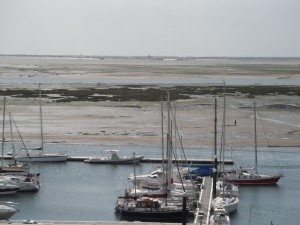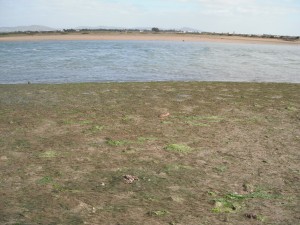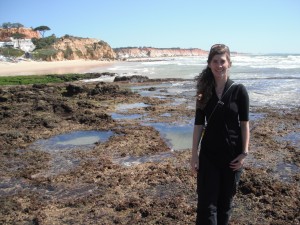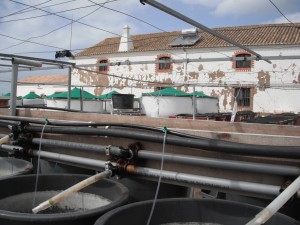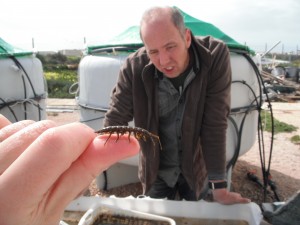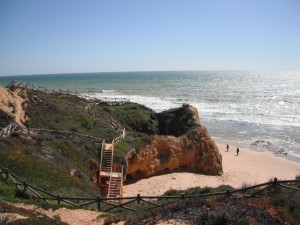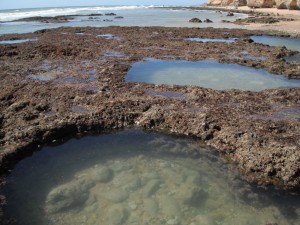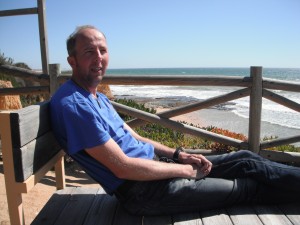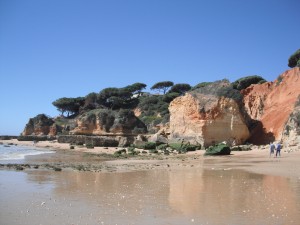Seagrasses in Europe – the COST Action Meeting
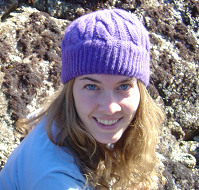 by Pamela Reynolds (ZEN postdoc and coordinator)
by Pamela Reynolds (ZEN postdoc and coordinator)
This month I had the exciting opportunity to present research from the ZEN program for a keynote talk at the final European Cooperation in Science and Technology (aka COST) Action ES0906 on “Seagrass Productivity: From Genes to Ecosystem Management” conference in Olhão, Portugal. The conference, which focused on the results from the COST network partners, discussed the threats, responses and management of seagrasses in Europe. (See here for the conference program.) Engaging with European seagrass biologists was a real treat! Dr. Carlos Duarte discussed not only how seagrasses may be affected by climate change, but how they may help mitigate the impacts of rising sea levels, atmospheric carbon, and storm events.Dr. Jeanine Olsen presented emerging results from the Zostera genome project and gave an overview of the use of genetics and genomics in the management of seagrass ecosystems. Dr. Rui Santos, the conference organizer, gave an overview of the past several years of research by the COST action (which was very impressive!), and the only other American at the conference, Dr. Mark Fonseca, spoke at the close of the meeting on current seagrass restoration and its future.
In between these keynote talks researchers from almost every European country spoke on their work in seagrasses – from genes and the microbiome to the community and the landscape. While I related most to the talks on eelgrass, I thoroughly enjoyed those on the other species of seagrasses – from the long lived Posidonia in the Mediterranean to the intertidal Zostera look alike, Cymodocea – and I was even able to visit some of these other seagrasses out in the field! Local ZEN partner Aschwin Engelen took me on a tour of the Centre of Marine Sciences (CCMAR) marine lab, followed by a hike to local seagrass and intertidal field sites along the Ria (lagoon) and coast. While we weren’t able to see the dinosaur footprints along the cliffs (they are seasonally covered in sand), I did catch a few amphipods on some scrubby Dictyota algae among the tidepools. Aschwin, his colleagues, and family made me feel right at home and I thoroughly enjoyed my visit – both for the stimulating science and the beautiful countryside.

